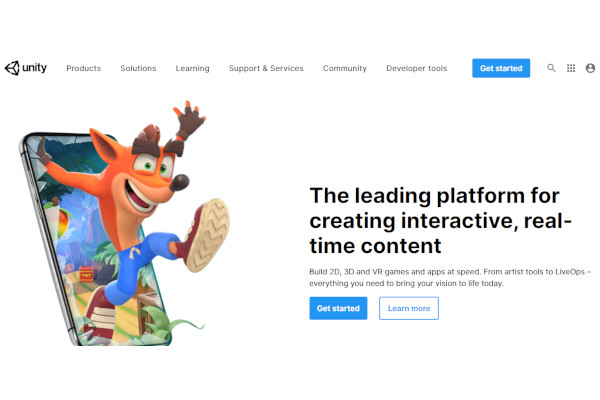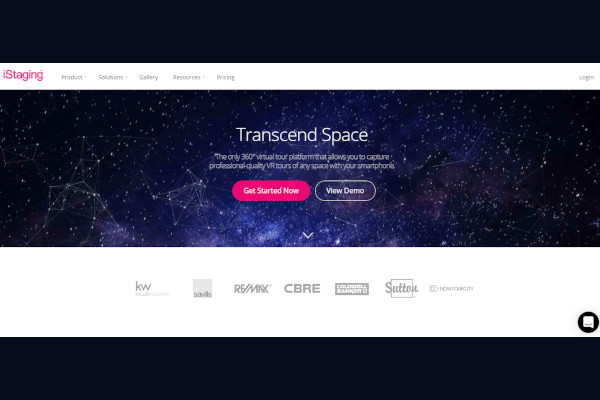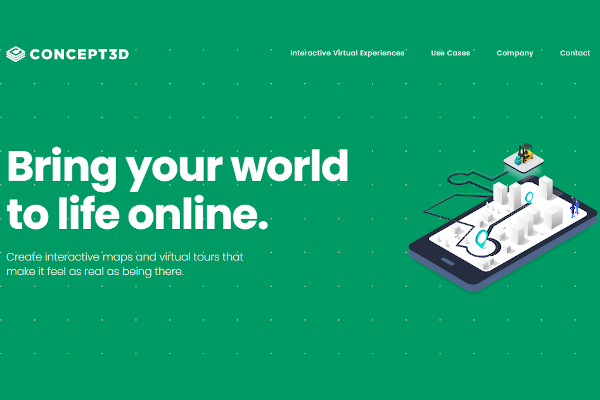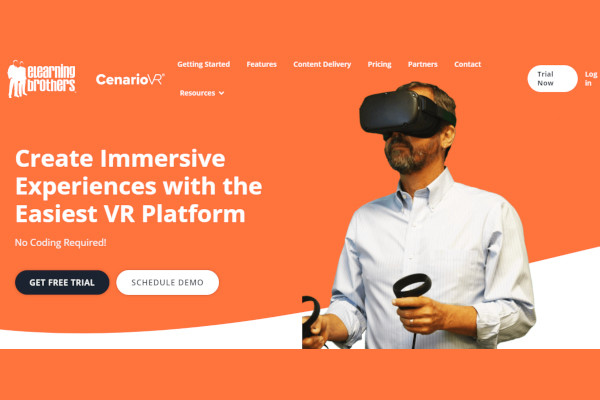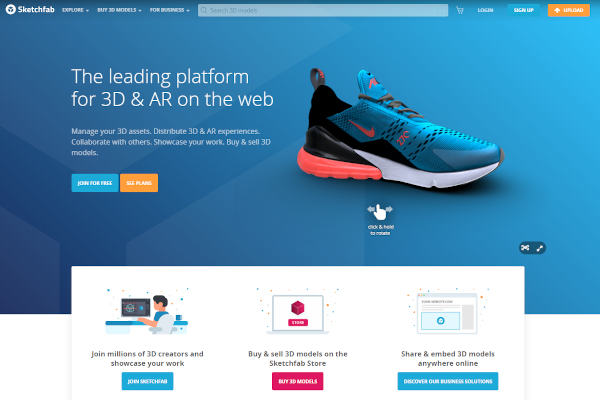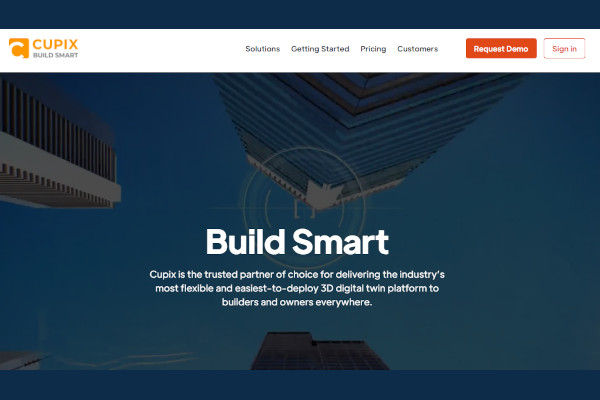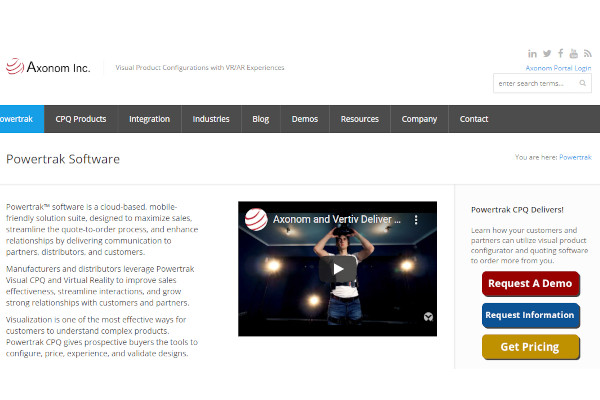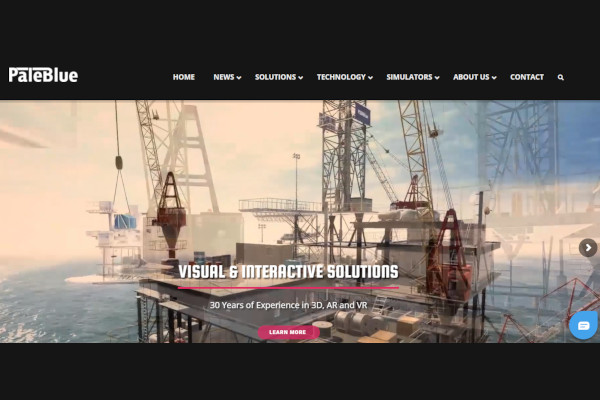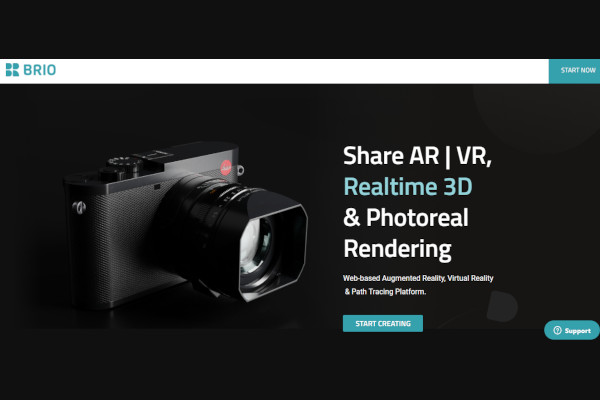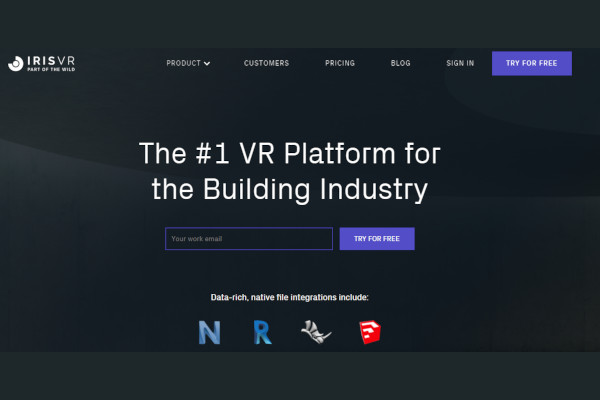It’s impressive how one gaming technology can transform the way industries rely on technology in their business operations. Virtual reality (VR) software gives personal users, businesses, and creative clients the tools they need to make their own immersive 3D worlds whatever purpose they serve. Here are some of the best VR software available right now.
13+ Virtual Reality (VR) Software
1. Unity
2. LiveTour
3. CloudPano
4. Concept3D
5. CenarioVR
6. Sketchfab
7. Cupix
8. Powertrak CPQ Software Suite
9. VR-Suite
10. PaleBlue
11. BrioXR
12. VRdirect
13. IrisVR Suite
14. Vuforia
What Is Virtual Reality (VR) Software?
Virtual reality (VR) software is a program software where VR content can be viewed and created in a 3D reality environment that brings users to this world as if they are in it. While commonly used in gaming, VR is also used by businesses to build and promote their products as well as architectures and engineering in developing their projects through 3D rendering.
Benefits
VR software provides huge flexibility between industries and functionalities, making this kind of technology a worthy investment. A huge benefit of using VR software is that it brings users to a realistic 3D environment with no risk at all since everything is made up. While it’s a fun aspect of VR, it also provides benefits for industries that can rely on VR to develop projects or perform simulation tasks with little risk of physical damage and harm to the users. It also makes it beneficial for error checking as mistakes can be committed more loosely to further optimize the product until it’s perfect and functional.
- VR software is flexible by many industries for different functionalities
- Realistic, immersive 3D presentation
- Safe and little to no risk to the users
- Error-checking can be performed frequently for optimization
Features
VR software should have editing software features where 3D components can be placed. Some software may have a “drag and drop” tool where components can simply drop with no coding experience on the end of the users. As VR editing requires teamwork, the software should be able to provide real-time collaboration tools, either remotely or on-site. The software should also be able to process 3D multimedia files and stitch them to provide a realistic 3D view emulation of the captured real-life environment.
- VR editing tools
- Real-time collaboration tools
- Process and stitch 3D multimedia files
Top 10 Virtual Reality (VR) Software
1. Unity
Unity ground-breaking 3D software engine technology has expanded to virtual reality with its industry-level 3D rendering tools optimized for gaming, manufacturing, filmmaking, and architecture. Launched in 2005, Unity Technologies has 3,379 employees and earned a revenue of $234.8 million in the first quarter of 2021.
2. CloudPano
CloudPano provides users the tools to create their own 3D 360 Degree virtual tour using the power of virtual reality through a 3-step process that is useful for various industries. Founded in 2018, the company has 3 employees and earns annual revenue of $400,000.
3. Concept3D
Concept3D offers clients tools to create their own 3D world with integration with 3D videos and photos and easy accessibility in many devices. Founded in 2006, the company has 62 employees and earns annual revenue of $9 million.
4. CenarioVR
CenarioVR lets users create their own realistic 3D world using 360 photos and videos with additional features such as interactive quizzes, added animations, and information hotspots. CenarioVR’s parent company is eLearning Brothers, which has 96 employees and earns annual revenue of $15.8 million.
5. Sketchfab
Sketchfab allows businesses to create VR content to promote their products that can be made easily from their website without downloading and works with all devices and operating systems. Founded in 2011, the company has 59 employees and earns annual revenue of $8.6 million.
6. VR-Suite
VR-Suite lets users create their own 3D virtual world using 3D multimedia and DIY tools that make VR world-building a fun, learning experience. Created by present4D Solutions, the company has 330 employees.
7. PaleBlue
PaleBlue empowers its clients with world-class interactive tools that allow them to create 3D world employee training simulations that can be projected through virtual reality or augmented reality that feels realistic and collaborative in nature. Founded in 2013, the company has 31 employees and earns annual revenue of $3 million.
8. BrioXR
Founded in 2016, BrioXR uses the power of 3D photography to create uncompromised VR and AR content for brands and e-commerce shopping with its easy embedding with WordPress, Facebook, and Shopify, and multi-device support.
9. VRdirect
VRdirect helps enterprise clients to build their 3D VR world to market their brand and services that guarantee higher sales and productivity. Founded in 2018, the company has 23 employees and annual revenue of $3.3 million.
10. IrisVR Suite
IrisVR Suite empowers architecture and engineering clients with a robust 3D world builder software that helps them develop projects using VR technology with error-checking and collaborative tools. Founded in 2014, the company has 35 employees and earned a revenue of $9 million.
FAQs
What’s the difference between virtual reality (VR) software and augmented reality (AR) software?
VR software takes users to a completely new world in a 3D simulation that temporarily replaces their existing reality using a VR headset. AR software co-exists with the real world as 3D components appear in the real world using an AR-compatible device such as smartphones. In short, VR replaces the users’ reality and AR co-exists with the user’s reality.
What industries can benefit from virtual reality (VR) software?
Many industries have already taken advantage of VR software in their operations. The most popular industry is the video gaming industry where players play games using VR headsets. VR technology has also been useful for the healthcare industry as simulated surgery operation training can be performed using VR technology. VR has also been useful for engineering and architecture industries as well in rendering 3D projects via VR. VR has also been useful for businesses in promoting and developing their products which prompt higher sales engagement.
How much does virtual reality (VR) software cost?
The price for VR software can range from free to $500 per month or more with customizable pricing available. Many VR software has different purposes catered to different industries so they are priced according to their features and usability.
With its continued flexibility and many industries adopting VR technology, it’s only a matter of time that VR is going to be around for a lot longer as it provides a lot of benefits. It helps that immersing yourself in VR is a fun experience too!
Related Posts
10+ Best Chemical Software for Windows, Mac, Android 2022
12+ Best Vulnerability Scanner Software for Windows, Mac, Android 2022
4+ Best Bundled Pay Management Software for Windows, Mac, Android 2022
10+ Best Trust Accounting Software for Windows, Mac, Android 2022
10+ Best Patient Portal Software for Windows, Mac, Android 2022
12+ Best Bed and Breakfast Software for Windows, Mac, Android 2022
15+ Best Resort Management Software for Windows, Mac, Android 2022
14+ Best Hotel Channel Management Software for Windows, Mac, Android 2022
12+ Best Social Media Monitoring Software for Windows, Mac, Android 2022
10+ Best Transport Management Software for Windows, Mac, Android 2022
10+ Best Other Marketing Software for Windows, Mac, Android 2022
10+ Best Top Sales Enablement Software for Windows, Mac, Android 2022
8+ Best Industry Business Intelligence Software for Windows, Mac, Android 2022
10+ Best Insurance Agency Software for Windows, Mac, Android 2022
10+ Best Leave Management Software for Windows, Mac, Android 2022

